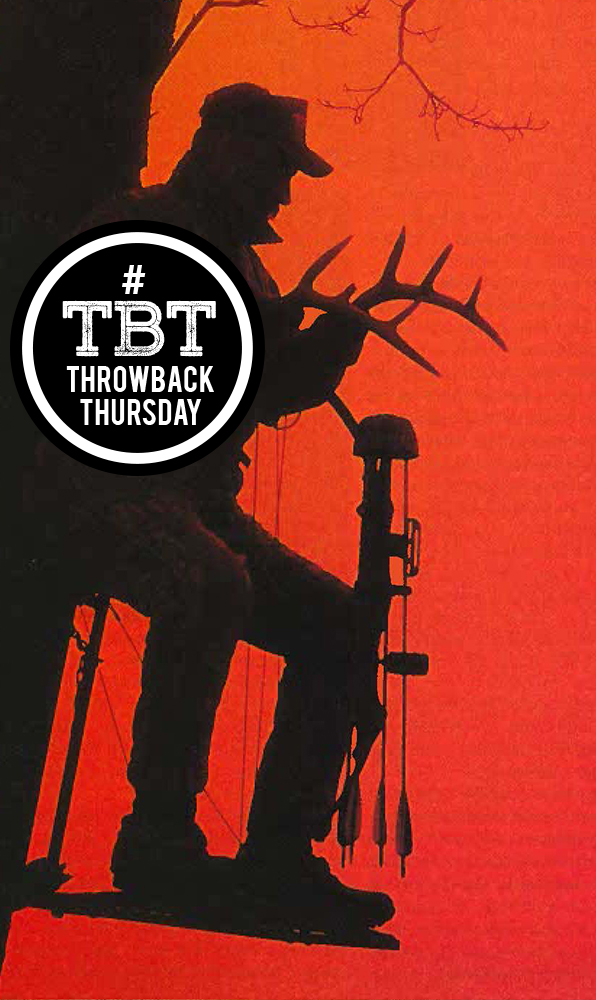
“Does someone really sit in that,” said my 14-year-old son, pointing to a tree stand in a big maple.
Old lumber was lashed to the tree with rope and braced with cut branches. It was still being used. The rope and tree steps were fairly new. But there was no safe way to shoot out of this stand. Why would anyone risk an almost-certain fall? Not every fall results in serious injury, as I found out, but most will do.
Tree-stand safety
A few years ago I climbed into my homemade portable stand while moose hunting. The stand was about 20 feet (6 M) above a beaver meadow, and on a 10-foot (3 m) ridge. As I put on my safety belt, the I-bolt opened. One minute I was in the tree, the next minute the stand and I were in the meadow. What saved me was that the first drop was into soft moss and the next was a slide down a rock-face into soft mud. If I’d fallen the full 20 feet and landed on a sharp or hard object, it could have been disastrous. I was a 20-minute walk from camp and, with any kind of injuries, probably a half-day or more from a hospital. I was lucky, and I now make sure all I-bolts on stands are turned so they can’t open under pressure.
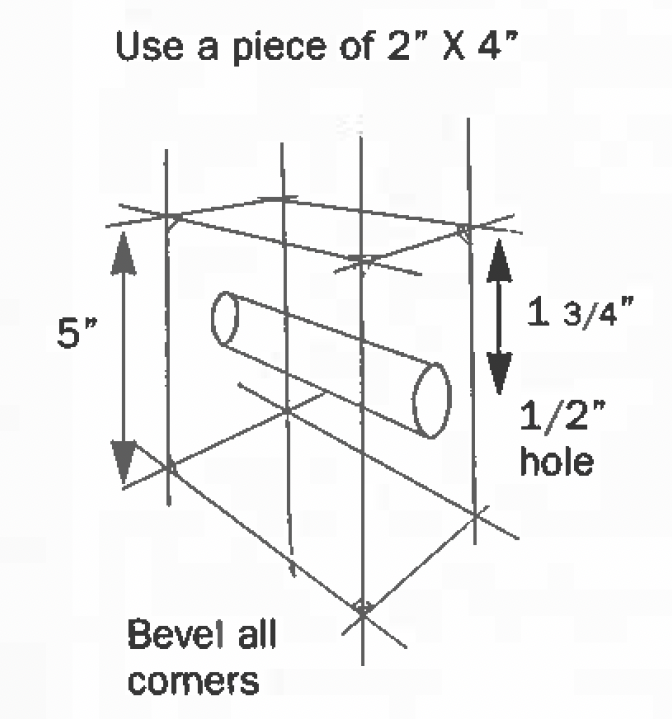
Tree-stand safety isn’t to be taken lightly. If you’re in doubt, stay out. And always use caution. Hug the tree when getting into your stand. Make sure it’s solid before letting go to fasten your safety belt. It can’t help if you fall before it’s done up. If you from a permanent stand, inspect it every year. Check boards for rot, and assure nails, screws, and braces are secure. Add non-skid adhesive strips or paints to surfaces to stop slips. You can paint the top of the stand, then sprinkle sand in the wet paint to make it rough and skid-free.
Portable tree stands
A safe route is to purchase one of many portable stands on the market. If all maintenance is done at home in the off-season, your safety should never be in question. Regularly inspect ropes and straps for frays or tears. Make sure nuts and bolts are in place and tight. Check that the clamping system tightens and stays put, without slippage. Put all safety clips in place. Check the stand’s rating before using (most are rated in excess of 250 pounds/114 kg). If you’ve outgrown it, either diet or stay down. Put it up a few times at home before you take to the woods. If you can’t get it to work at home on the ground, you’ll never get it up while hanging by a safety belt in a tree. Carefully read and follow all instructions.
A good portable stand allows you to hunt anywhere (provided you have landowner permission, of course). A permanent stand limits you to one place. A lightweight portable comes down and goes back up in minutes elsewhere.
Safety belts
Never forget your safety belt. And never hunt from a stand without a proper safety device to hold you in place. With a belt or harness you can lean out, which will increase your shooting area. I use five or six different stand sites each year, and I have a safety belt for each one. You pay the small price ($15-25) for a belt, or you pay the big price (your life or injury) with a fall.
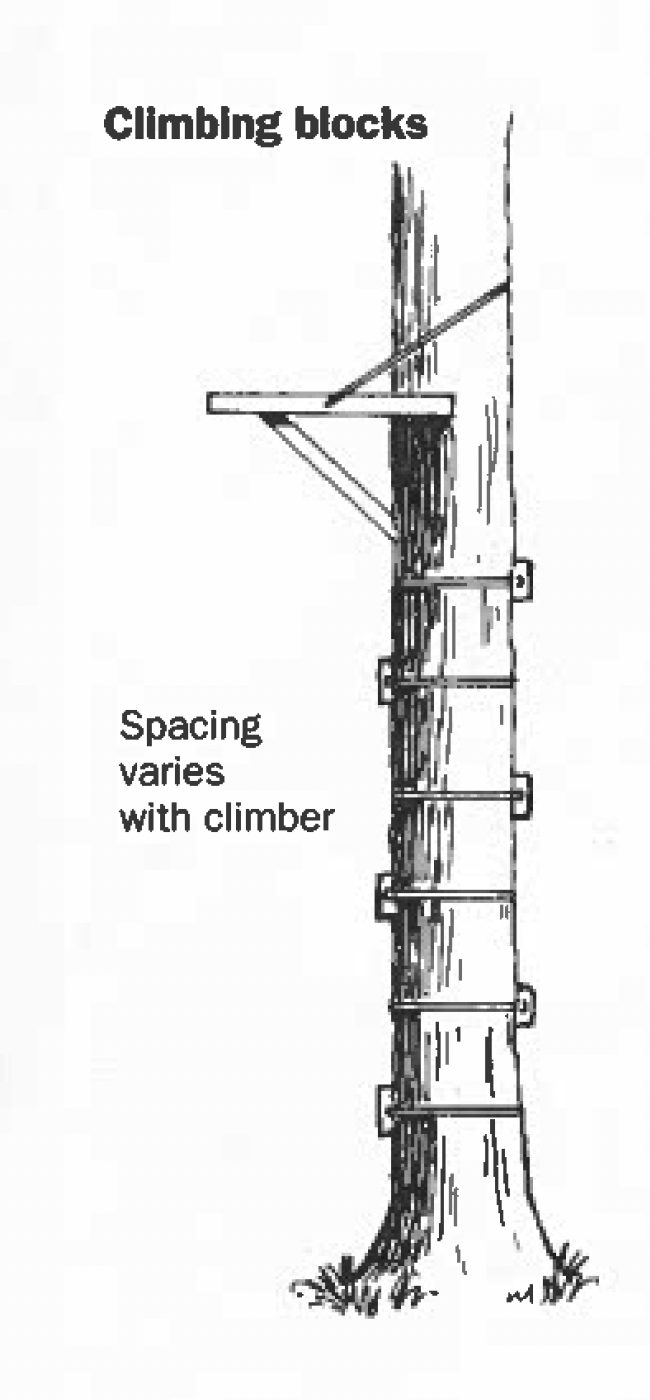
Tree steps
Tree steps also deserve careful thought. They come in screw-in, strap-, tie-, or nail-on styles. Screw-ins, if used carelessly, can be dangerous. I know one hunter who slipped when using them and received a horrible gash to the inside of his thigh. Another had one break. He ended up on the ground. Always inspect and discard worn or bent steps. Make sure others are screwed in properly. A step with a short screw in a tree with thick bark is an accident waiting to happen. The screw had to penetrate through bark and into wood to do any good.
Consider where you’ll use the screw-ins. Always get permission before screwing steps into someone’s trees. They damage lumber and also make access holes for insects to get inside, And they’re murder on saws.
Strap-on steps are easy to use. Simply wrap and strap — no holes in the tree, no damage to the lumber. Regularly check for frays to the strap or rope. Strap-on metal steps can be just as dangerous as screw-in steps, though, if you slip or fall.
Always put steps on the opposite side of a tree from the stand. If you do fall, at least it won’t be the steps that kill you on the way down. I place steps about 18 to 20 inches (50 cm) apart on a 45-degree angle from each other. Determine spacing by what’s comfortable for you. Don’t try to take too big a step, though.
I prefer tie-on steps recommended in The International Bowhunter Education Program. They’re easy to make and use, and, having no sharp edges, are easier on the hide. If you have multiple stand sites, it’s also nice to know you can make steps for less than a buck each. They do have drawbacks. In wet, muddy, or snowy conditions, they can be slippery. A few finishing nails left sicking 1/8-inch out of the top of the block will remedy this problem.
Final thoughts
With nail-on steps, again remember to only use them with landowner permission.
Never carry bow, arrows, rattling horns, or other sharp equipment up a tree. Falling is bad enough, but they could make it worse. Always climb the tree first. Then, draw them up to you with a rope after you’re secure. On return to ground, bow and equipment go first.
Clear the ground under your stand of sharp branches, rocks, and stumps. If you’re fortunate enough to survive a fall, you don’t want to land on something that’s going to stick you.
Tree stands can greatly increase your hunting success, but don’t put yourself in danger because of negligence or stupidity.
Originally Published in the July 1998 issue of Ontario OUT of DOORS magazine


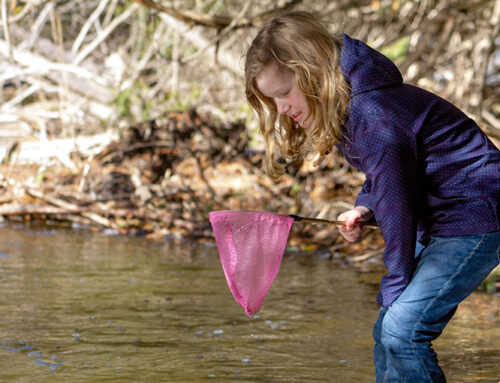
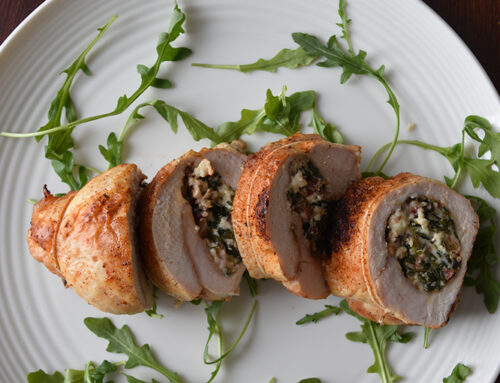
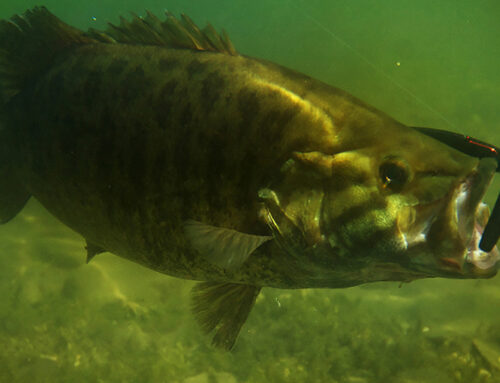
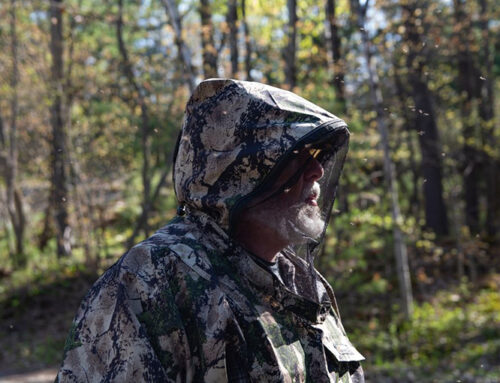
Leave A Comment